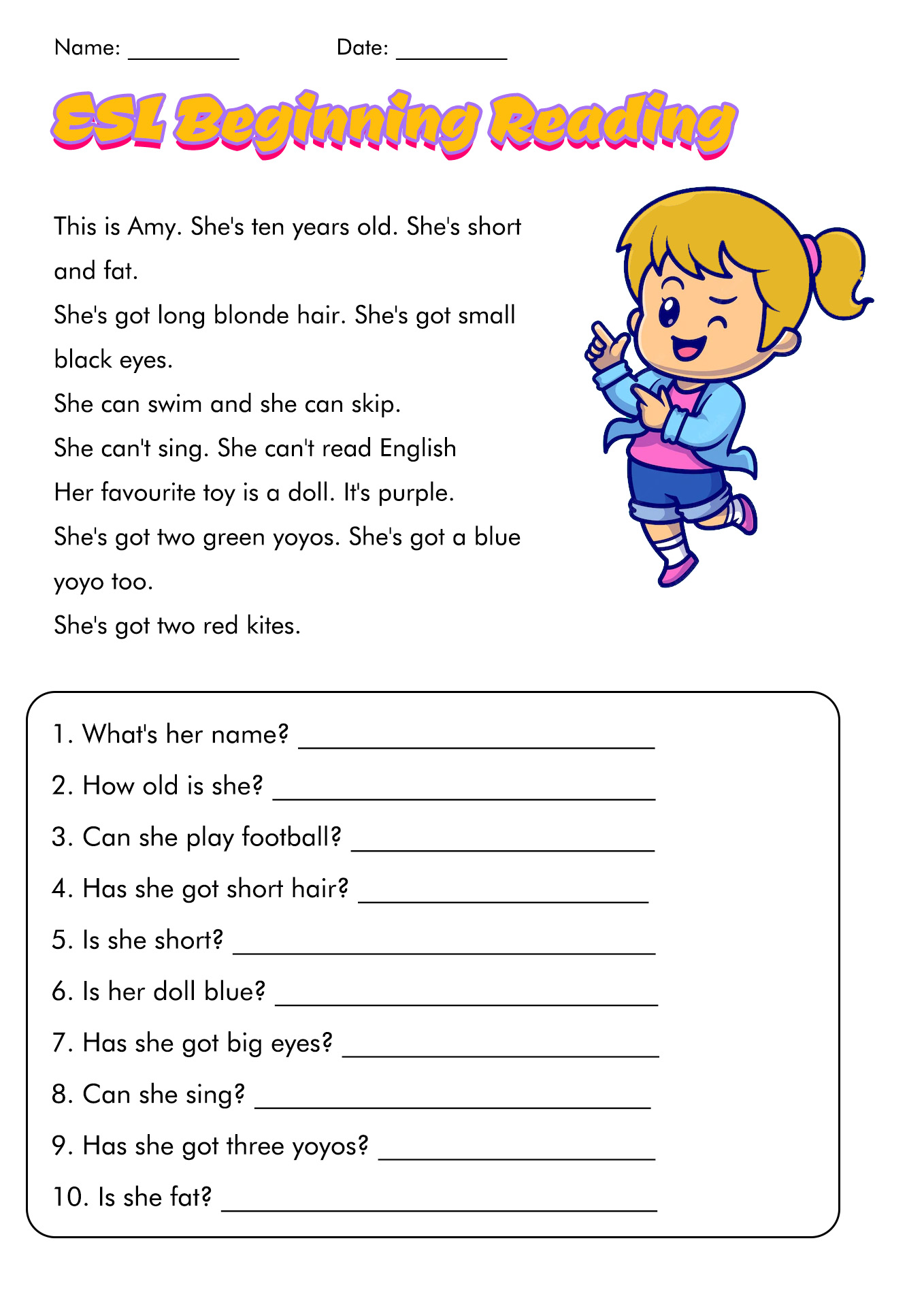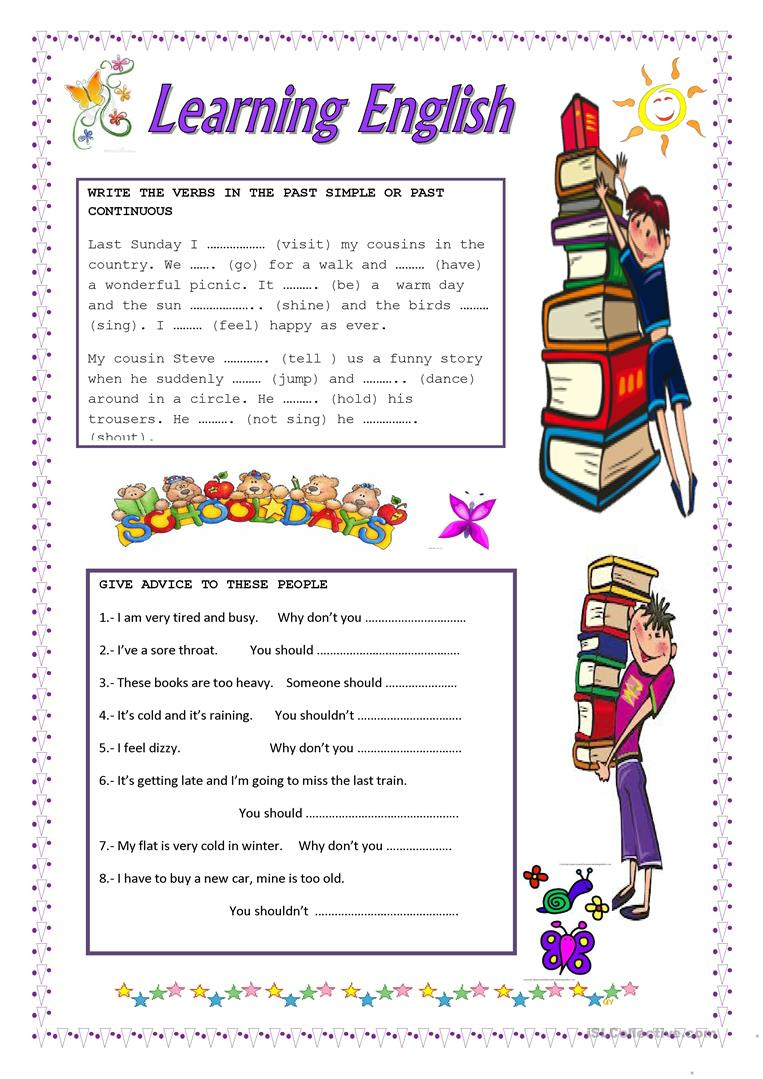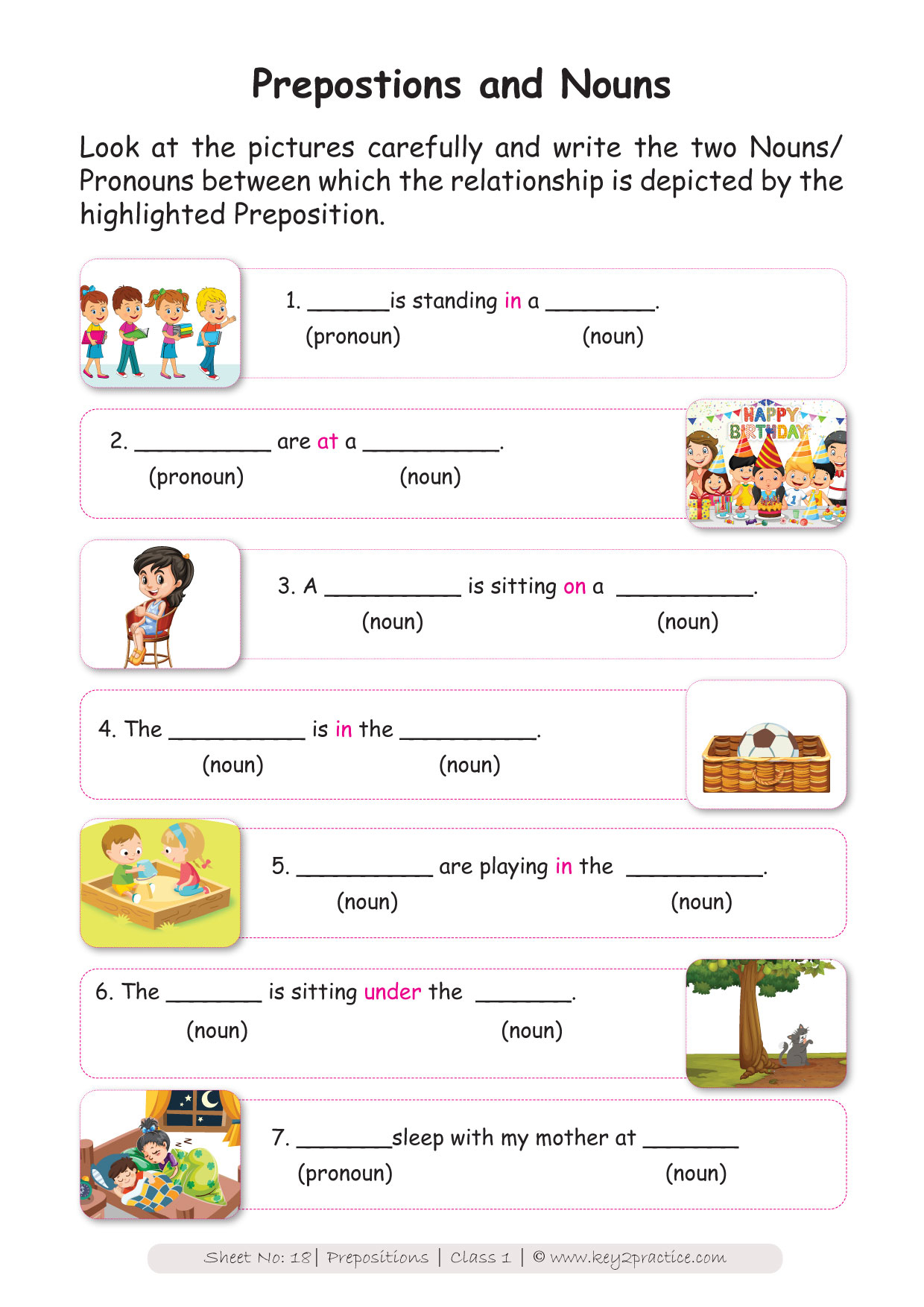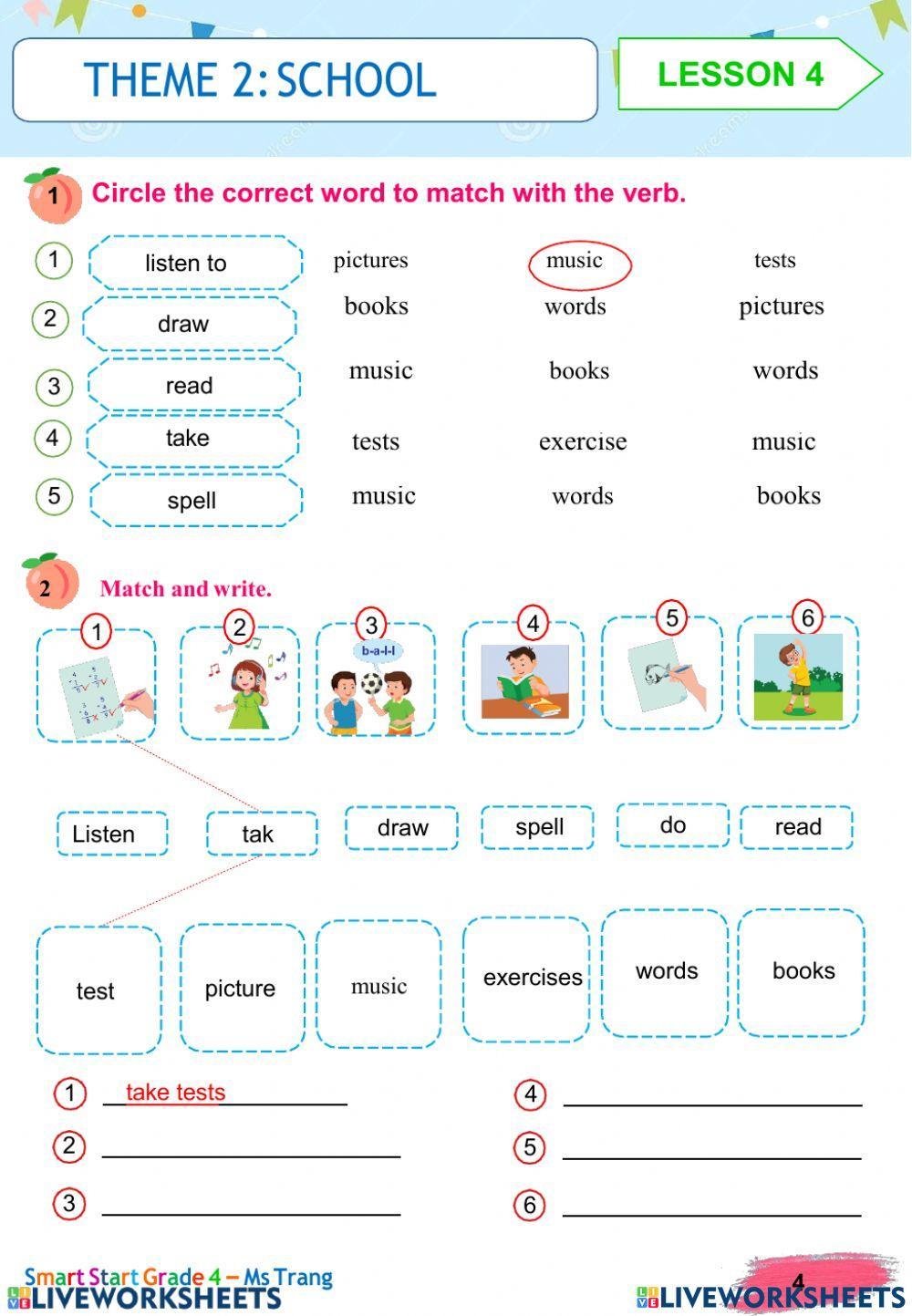
The Indispensable Role of English Worksheets in Language Acquisition
In the dynamic landscape of language education, where innovative digital tools and immersive experiences increasingly dominate, the humble worksheet might seem like a relic of a bygone era. Yet, for millions of English learners, educators, and parents worldwide, English worksheets remain an indispensable, versatile, and highly effective cornerstone of language acquisition. Far from being obsolete, these structured exercises continue to offer unparalleled benefits in reinforcing learning, assessing comprehension, and providing targeted practice across all linguistic skills.
What Are English Worksheets and Why Do They Endure?
At its core, an English worksheet is a printed or digital document containing exercises designed to practice and consolidate specific language skills. These can range from simple fill-in-the-blanks for vocabulary to complex reading comprehension passages with analytical questions, or even creative writing prompts. Their enduring appeal lies in their inherent structure and ability to provide focused practice. In a world saturated with information, worksheets offer a clear, manageable chunk of learning that can be tackled independently or in a classroom setting.

The enduring popularity of English worksheets is not merely a matter of tradition; it’s a testament to their practical utility. They provide a tangible record of progress, allow for repetition crucial for mastery, and offer a low-stakes environment for learners to experiment and make mistakes without fear. For educators, they are invaluable tools for differentiation, homework assignments, quick assessments, and supplementary material to textbooks.

The Multifaceted Benefits of English Worksheets

The utility of English worksheets extends across numerous aspects of language learning:

-
Reinforcement and Practice: Language acquisition is not just about understanding; it’s about repetition and application. Worksheets provide the structured practice necessary to move concepts from short-term memory to long-term retention. Whether it’s conjugating verbs, memorizing new vocabulary, or understanding complex sentence structures, repeated exposure through various exercises solidifies learning.
-
Targeted Skill Development: Worksheets can be meticulously designed to isolate and target specific skills.

- Grammar Worksheets: Focus on tenses, prepositions, articles, parts of speech, sentence structure, and more, providing drills that help learners internalize rules.
- Vocabulary Worksheets: Introduce new words through matching, fill-in-the-blanks, synonym/antonym exercises, and context-based activities, expanding a learner’s lexicon.
- Reading Comprehension Worksheets: Present passages followed by questions that test understanding of main ideas, details, inference, and critical thinking.
- Writing Worksheets: Offer prompts, sentence starters, paragraph outlines, and guided exercises to improve coherence, cohesion, and overall writing fluency.
- Listening Worksheets (often paired with audio): Include gap-fills, true/false questions, or comprehension checks based on spoken English, enhancing auditory processing skills.



-
Assessment and Feedback: Worksheets serve as excellent formative and summative assessment tools. Teachers can quickly gauge students’ understanding of a topic and identify areas where further instruction is needed. For self-learners, an answer key provides immediate feedback, allowing them to correct mistakes and learn from them instantly.
-
Promoting Independent Learning: With clear instructions, worksheets empower learners to work autonomously. This fosters self-reliance, critical thinking, and problem-solving skills, preparing them for more independent study. They can work at their own pace, reviewing concepts as needed.
-
Structure and Organization: For both teachers and students, worksheets bring structure to the learning process. They break down complex topics into manageable parts, providing a clear progression through different concepts. This systematic approach can reduce overwhelm and increase motivation.
-
Versatility and Accessibility: Worksheets are incredibly versatile. They can be used in traditional classrooms, for homeschooling, in private tutoring sessions, or by individual self-learners. With the advent of digital formats, they are more accessible than ever, often available for free or at a low cost online.

Types of English Worksheets and Their Applications
The variety of English worksheets available is vast, catering to diverse learning styles and specific linguistic challenges.
- Matching Exercises: Ideal for vocabulary (word to definition, word to picture, synonym to antonym) or matching sentence halves.
- Fill-in-the-Blanks (Cloze Tests): Excellent for grammar (verb tenses, prepositions, articles), vocabulary in context, or reading comprehension.
- Multiple Choice Questions: Useful for assessing understanding across all skills, from grammar rules to reading comprehension details.
- True/False Statements: Often used with reading or listening comprehension to test factual recall or understanding of specific points.
- Sentence Scrambles/Reordering: Helps reinforce syntax and sentence structure.
- Crosswords and Word Searches: Fun ways to practice vocabulary and spelling.
- Error Correction: Challenges learners to identify and correct grammatical mistakes, promoting a deeper understanding of rules.
- Open-Ended Questions/Writing Prompts: Encourage critical thinking, creative expression, and extended writing practice.
- Dialogue Completion: Improves conversational English and understanding of common phrases.
These types of worksheets can be adapted for various proficiency levels, from beginner ESL students practicing basic greetings to advanced learners tackling complex academic vocabulary and analytical writing.
Who Benefits Most from English Worksheets?
The appeal of English worksheets is broad, serving a wide array of individuals and institutions:
- ESL/EFL Students: Non-native speakers often find the structured, repetitive nature of worksheets invaluable for mastering the nuances of English grammar, vocabulary, and pronunciation.
- Native English Speakers: For younger students, worksheets help build foundational literacy skills, spelling, grammar, and reading comprehension. For older students, they can be used for standardized test preparation or to refine advanced writing skills.
- Teachers: Worksheets are a go-to resource for lesson planning, in-class activities, homework assignments, and quick assessments. They save preparation time and provide ready-made material.
- Parents: For homeschooling or supplementary learning, parents can easily find and utilize worksheets to support their children’s English education.
- Self-Learners: Individuals studying English independently rely heavily on worksheets for self-practice, immediate feedback (with answer keys), and structured progression through learning materials.
Crafting Effective English Worksheets (and What to Look For)
While the sheer volume of available English worksheets is impressive, quality varies. An effective worksheet should possess several key characteristics:
- Clear Learning Objectives: It should be evident what specific skill or knowledge the worksheet aims to teach or reinforce.
- Appropriate Difficulty Level: The exercises should challenge learners without overwhelming them, aligning with their current proficiency.
- Clear and Concise Instructions: Learners should understand exactly what they need to do without ambiguity.
- Engaging Content: While not every worksheet needs to be a game, relevant and interesting topics can significantly boost motivation.
- Variety of Exercise Types: Mixing different exercise formats within a single worksheet or across a series can keep learners engaged and test understanding from multiple angles.
- Clean Layout and Readability: A well-organized, visually uncluttered design is easier on the eyes and facilitates comprehension.
- Answer Key (for self-study): Essential for independent learners to check their work and understand their mistakes.
Integrating Worksheets into a Holistic Learning Plan
It’s crucial to remember that English worksheets, while powerful, are not a standalone solution. They are most effective when integrated into a comprehensive language learning strategy that includes:
- Interactive Lessons: Classroom discussions, debates, and group activities foster real-time communication skills.
- Speaking Practice: Opportunities to use English in authentic conversations are paramount for fluency.
- Authentic Materials: Reading books, articles, watching movies, and listening to podcasts in English expose learners to natural language use.
- Real-World Application: Using English for practical tasks like writing emails, ordering food, or navigating travel.
Worksheets excel at providing the foundational knowledge and structured practice that supports these more dynamic activities. They act as the "gym" for language, building the strength and stamina needed for real-world performance.
The Digital Evolution of English Worksheets
The digital age has transformed the way English worksheets are created, distributed, and utilized. Online platforms offer:
- Interactive Worksheets: Learners can type answers directly, drag-and-drop elements, or click on options, often receiving immediate feedback.
- Gamification: Some digital worksheets incorporate game-like elements, points, and leaderboards to increase engagement.
- Vast Repositories: Websites like Teachers Pay Teachers, British Council LearnEnglish, ESL-Brains, and countless others offer thousands of free and paid printable or interactive worksheets.
- Accessibility: Learners can access materials from anywhere with an internet connection, breaking down geographical barriers.
- Multimedia Integration: Digital worksheets can embed audio clips for listening comprehension, or videos to provide context.
This digital evolution has only solidified the position of English worksheets as a cornerstone of modern language education, making them more dynamic, accessible, and responsive to individual learning needs.
Conclusion
Despite the advent of sophisticated language learning apps and AI tutors, the enduring value of English worksheets remains undeniable. They are a timeless tool that offers structured practice, targeted skill development, and invaluable reinforcement for learners of all ages and proficiencies. From mastering the intricacies of grammar to expanding vocabulary and honing reading comprehension, worksheets provide the consistent, focused effort necessary for true language acquisition. While they should always be part of a broader, more interactive learning strategy, their role as a fundamental building block in the journey to English fluency is, and will continue to be, indispensable.
